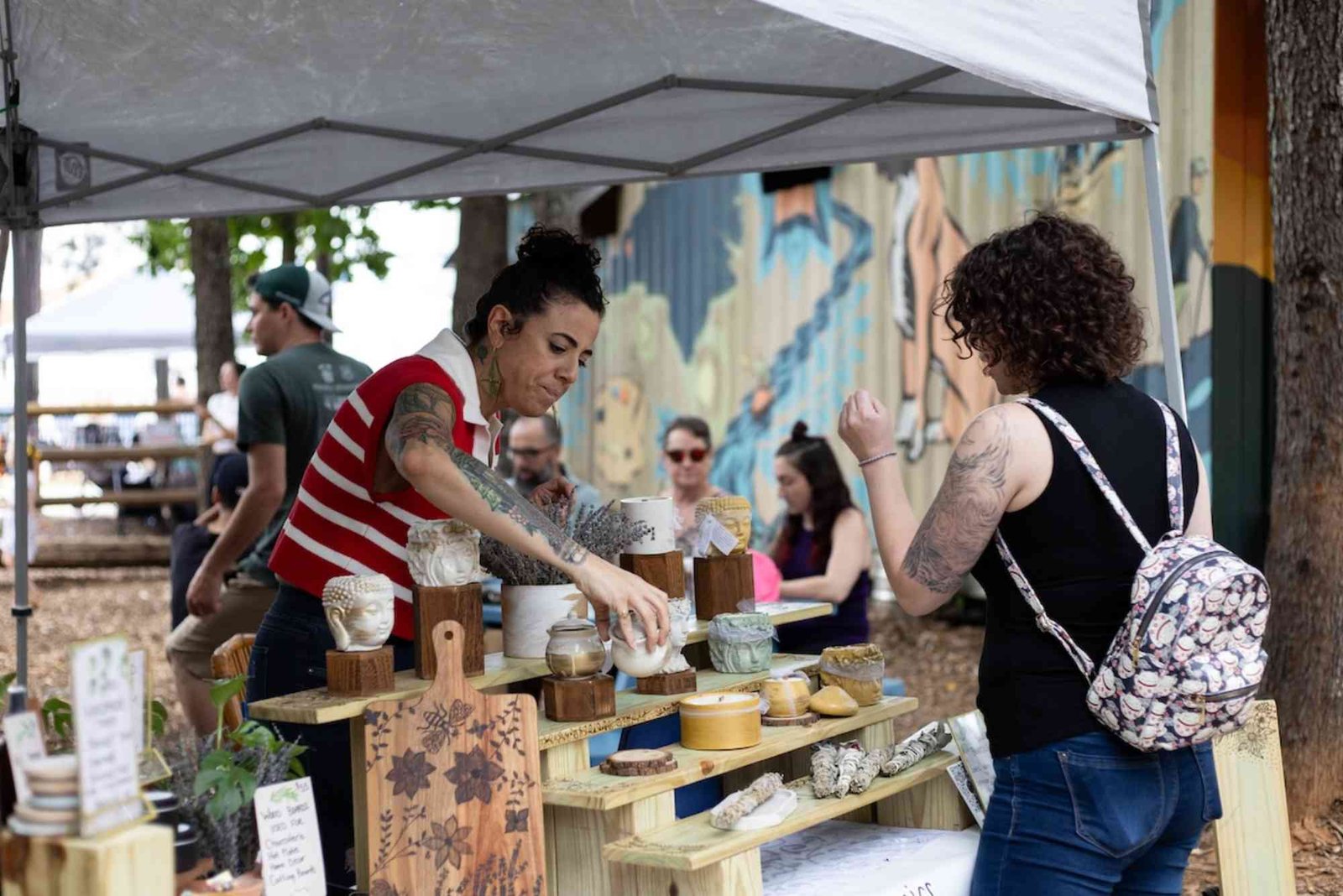In today’s manufacturing world, efficiency and sustainability are no longer optional—they are essential. The plastics industry, in particular, faces growing pressure to cut down on waste, improve recycling practices, and align with global sustainability goals. For a plastic molded parts manufacturer, reducing waste is not only about saving money on raw materials; it is also about strengthening reputation, staying competitive, and meeting customer expectations for eco-friendly solutions.
Having worked closely with different factories and suppliers in the plastics industry, I’ve seen firsthand how a few practical strategies can drastically lower waste levels. A forward-thinking plastic parts company can adopt smarter designs, efficient manufacturing processes, and closed-loop recycling systems to minimize its environmental footprint while boosting profitability.
So, how exactly can waste reduction be achieved? Let’s take a closer look.
Focusing on Smarter Product Design
Waste reduction begins long before the production line even starts. The design stage is where many hidden inefficiencies live. A plastic molded parts manufacturer that invests in design optimization can significantly reduce scrap and offcuts.
For example, engineers can use computer-aided design (CAD) and simulation tools to test different product geometries before committing to mold fabrication. By simulating mold flow and cooling patterns, a plastic parts company can identify weak points, prevent defects, and ensure that less material is wasted during production.
Additionally, designs can be refined to require less material without compromising durability. Thinner walls, ribbing structures, and strategic reinforcements often create strong yet lightweight parts. This not only saves plastic resin but also reduces the carbon footprint associated with shipping heavier products.
Upgrading Mold Technology and Maintenance
Molds are at the heart of plastic manufacturing. Outdated or poorly maintained molds often lead to defects such as flash, short shots, or warping—all of which generate scrap that must be discarded or reprocessed.
A modern plastic molded parts manufacturer should regularly inspect, maintain, and update its mold inventory. Investing in precision-engineered molds with efficient cooling channels and better venting systems can dramatically improve quality and consistency. Less rework means less waste, and fewer rejected parts mean lower costs.
Many leading plastic parts companies now use hot runner systems rather than cold runners. Unlike cold runners, which create excess plastic channels that often end up as scrap, hot runners deliver molten plastic directly into the cavities. This reduces material waste, shortens cycle times, and increases overall production efficiency.
Embracing Advanced Manufacturing Techniques
Technology continues to push the plastics industry toward smarter and more sustainable production. Methods like scientific molding, which involves tightly monitoring and controlling pressure, temperature, and material flow, help manufacturers produce consistent, high-quality parts with minimal variation.
Automation also plays a role in reducing waste. Robotic handling systems reduce human error, ensuring parts are consistently removed from molds without damage. Sensors and IoT-enabled machines can detect irregularities in real time, allowing quick adjustments before large amounts of defective parts are produced.
A plastic molded parts manufacturer that embraces these advanced manufacturing techniques will not only cut down on waste but also position itself as a leader in innovation and efficiency.
Implementing In-House Recycling Programs
Recycling is one of the most effective ways to minimize waste in the plastics industry. Scrap generated during molding, such as runners, sprues, and rejected parts, does not need to be thrown away. Instead, it can often be ground, reprocessed, and reused.
Many plastic parts companies set up in-house grinding and regrind systems that turn production scrap into usable material. By blending recycled resin with virgin resin, they maintain part quality while reducing raw material consumption. Of course, the ratio of regrind must be carefully controlled to avoid compromising product performance, but with proper quality checks in place, the results can be excellent.
Some manufacturers even go a step further by offering take-back programs for customers, where old or unused plastic parts can be returned, recycled, and reintroduced into the production cycle. This closed-loop approach demonstrates commitment to sustainability while building customer loyalty.
Choosing Sustainable Materials
The choice of material has a huge impact on waste reduction. A plastic molded parts manufacturer can minimize environmental impact by exploring bio-based resins, biodegradable plastics, or materials with high recycled content.
Although these materials may sometimes cost more upfront, they can create long-term value by attracting environmentally conscious clients. Many industries, from automotive to consumer electronics, are actively seeking suppliers who can help them meet their own sustainability targets.
A forward-looking plastic parts company that experiments with eco-friendly polymers is better positioned to capture new business opportunities while reducing its reliance on virgin petroleum-based plastics.
Training Employees on Waste Awareness
Even the best technology cannot succeed without skilled people to operate it. Training employees to recognize, report, and prevent waste is one of the simplest yet most effective ways to improve sustainability.
Operators should be encouraged to monitor machine performance closely and make adjustments when necessary. Quality control teams should be trained to identify recurring patterns of defects so that systemic issues can be resolved rather than repeatedly producing scrap.
A plastic molded parts manufacturer that empowers its workforce to take ownership of waste reduction often sees significant improvements. Small changes, such as reducing setup errors, carefully managing material handling, and preventing contamination, add up to big savings.
Collaborating with Customers for Better Outcomes
Sometimes, waste originates not from manufacturing itself, but from misalignment with customer requirements. Clear communication between the manufacturer and the client can prevent unnecessary production runs or the creation of parts that do not meet specifications.
For instance, a plastic parts company can work closely with its customers to optimize packaging, minimize overproduction, and refine part designs for manufacturability. This partnership approach reduces not only material waste but also energy consumption, logistics costs, and time.
Measuring and Monitoring Waste Reduction Efforts
You can’t improve what you don’t measure. A plastic molded parts manufacturer that tracks waste metrics—such as scrap rate, energy usage, and regrind percentage—gains valuable insights into where improvements are needed most.
Some companies use lean manufacturing tools like Six Sigma and Kaizen to systematically identify inefficiencies and reduce waste. Others adopt ISO 14001 environmental management systems to formalize their sustainability commitments.
Regular reporting ensures accountability and motivates teams to continue striving for lower waste levels.
Conclusion: Building a Sustainable Future
The plastics industry is often criticized for its environmental impact, but forward-thinking companies are proving that waste reduction is possible without sacrificing quality or profitability. Through smarter design, better mold technology, advanced manufacturing, in-house recycling, sustainable materials, and workforce training, a plastic molded parts manufacturer can cut waste dramatically.
Similarly, a plastic parts company that embraces collaboration and continuous improvement not only improves its bottom line but also contributes to a more sustainable world. Customers increasingly want to work with suppliers who prioritize eco-friendly practices, and manufacturers who adapt early will lead the way.
Reducing waste is no longer just a technical challenge—it’s a business opportunity.



